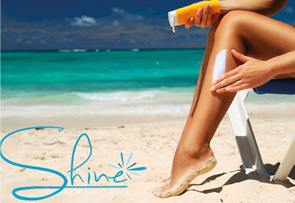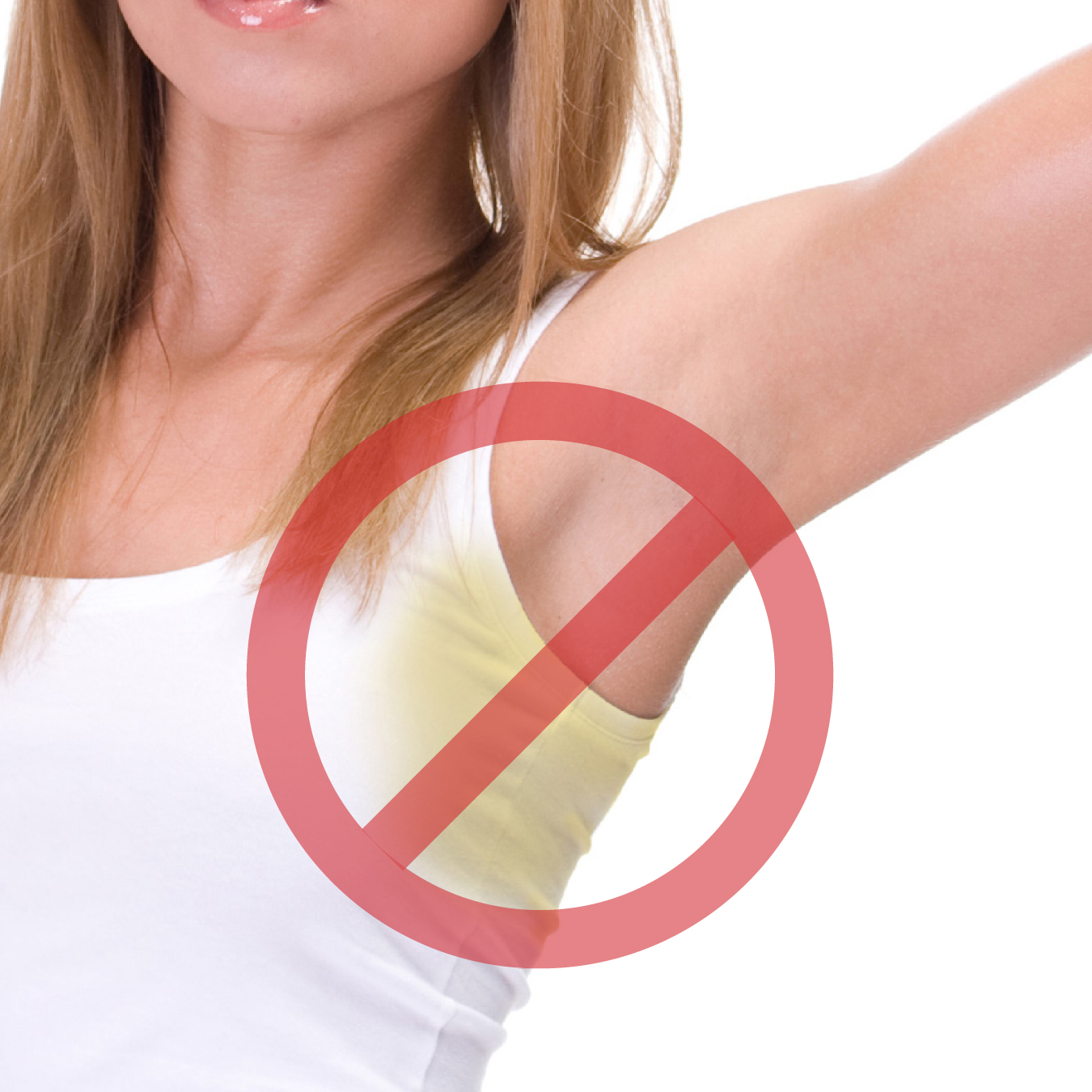
Beat The Sun
The sun is thought to cause about 90% of the signs of aging. Keep those youthful looks and get ahead of the game during the month of July – sunscreens are 15% off at Shine!
The heat is on and the sun is out, so make sure you’re making the most of your summer while keeping your skin safe with the selection of sunscreen at Shine. Protect your skin against sun damage before those rays of light get to work on your skin.
Coming soon….
Noninvasive? Check.
Works for all skin types? Check.
No downtime or discomfort? Check.
All of this and more, with the Hydrafacial – Shine’s newest service, making its grand debut on July 24th!
Targeting specific skin concerns, this four step procedure cleanses, exfoliates, hydrates and then some. Stay tuned for the Hydrafacial, arriving soon!



